Symbian-based smartphones
Smartphones can be as vital to conducting business as your laptop, so choosing the right one to work with is essential. IT PRO compares and tests five of the latest Symbian-based devices.
While Nokia and the Series 60 platform may be the base of the smartphone world, the Sony Ericsson P series devices have been perceived as the flagship devices. This is partly because they are the closest form factor to a regular PDA, with a large portrait screen and a stylus for character recognition and input. People used to Palm and Pocket PC devices could easily make the transition.
The P990i was one of the first phones to run Symbian OS 9.1, and Sony Ericsson has said that it under-estimated the complexity of the challenge. As a result the device has only recently become available in significant numbers, and is still a bit rough around the edges. A user-installable firmware update is promised before the end of the year, which should sort out a lot of the smaller problems in the device.
Aside from that, the P990i is a powerhouse of a phone, pretty much everything you could want in a smartphone (with the possible exception of a GPS receiver). We've got the Opera web browser for surfing. Multimedia support for digital music playback (MP3, AAC, and others), video playback and recording (at 320x240 pixels), an FM radio , There is support for a number of push email clients (including Microsoft Exchange's Active Sync server and RIM's Blackberry Connect) alongside the QuickOffice suite that allows you to view and edit Word, Sheet and PowerPoint presentations, which gives you the same document editing capability as Nokia's E61.
As with all the Symbian phones here, it runs the QVGA screen at 240x320 pixels in the same space , the number of pixels per inch is much higher than on previous Pxxx models, and gives a wonderful pin-sharp quality to the screen. It also sits half way between a tablet style PDA and a flip phone. Underneath the regular number pad flip, you'll find a small Qwerty keyboard that would not look out of place on a Palm Treo or Blackberry. It's suited mainly for typing with your thumbs, but there is good definition to the keys. As long as you don't try to type too fast you'll get accurate results. I still feel that the character recognition is sufficiently accurate (and faster) than a keyboard, which is there simply to give confidence to the mainstream user. With the flip closed, roughly half the screen is still on show, giving you access to all of the PIM and calling functionality.
Allowing you to run the device as a phone in this closed mode is a great advantage - having a candy bar phone to hand, but getting the extra screen size and computing functionality when open gives a successful dual personality to the P990i. This is one of the advantages of the UIQ platform in that it supports a number of different user interfaces - the P990i carries two of them, one for open, one for closed, and I confidently expect third party developers to take advantage of this flexibility in the future.
The P990I has one of the largest built in application suites I have seen on a smartphone. Picking up this phone and out the box it should have all the functionality that any professional will reasonably need. If you could rely on the Nokia devices for a short trip away from the office then the P990i should allow you to manage an entire week. There is a higher level of complexity to the interface, and as such the learning curve is steeper, but the reward for perseverance is worth it.
Sony Ericsson user guides, FAQs, reviews & downloads at Know Your Mobile
Get the ITPro daily newsletter
Sign up today and you will receive a free copy of our Future Focus 2025 report - the leading guidance on AI, cybersecurity and other IT challenges as per 700+ senior executives
Verdict
The Swiss army knife of smartphones - will do pretty much anything that you ask of it.
-
 Smartphones sales outpace feature phones in Q2
Smartphones sales outpace feature phones in Q2News Microsoft also overtakes BlackBerry to take third place.
By Rene Millman
-
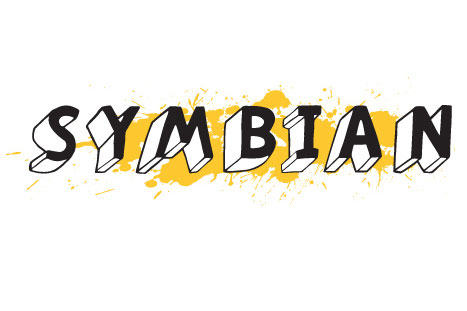 Nokia bids final farewell to Symbian
Nokia bids final farewell to SymbianNews Finnish phone manufacturer pulls plug on smartphone OS after 16 years.
By Jane McCallion
-
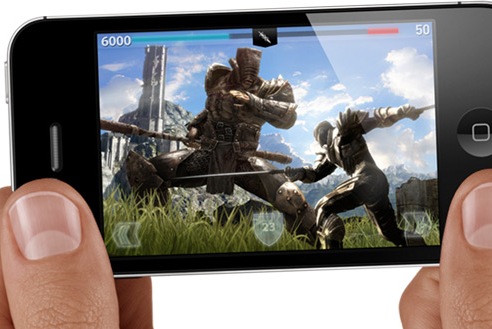 Apple on top in smartphone wars
Apple on top in smartphone warsNews The iPhone maker led the pack in 2011, thanks to record sales of its mobile device.
By Tom Brewster
-
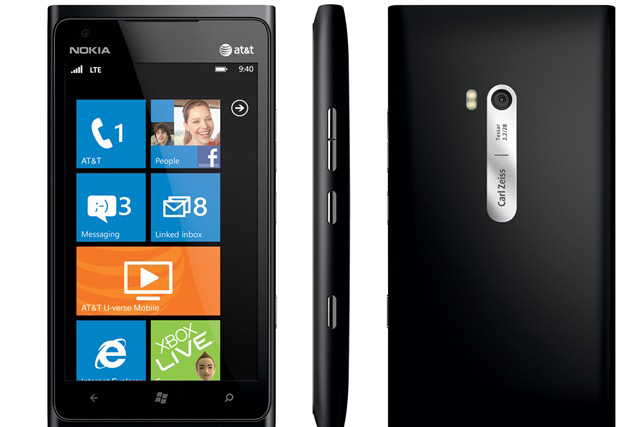 Nokia suffers weak Q4 despite Lumia success
Nokia suffers weak Q4 despite Lumia successNews Nokia is still struggling to get some good numbers out, even though its Lumia range is performing well.
By Tom Brewster
-
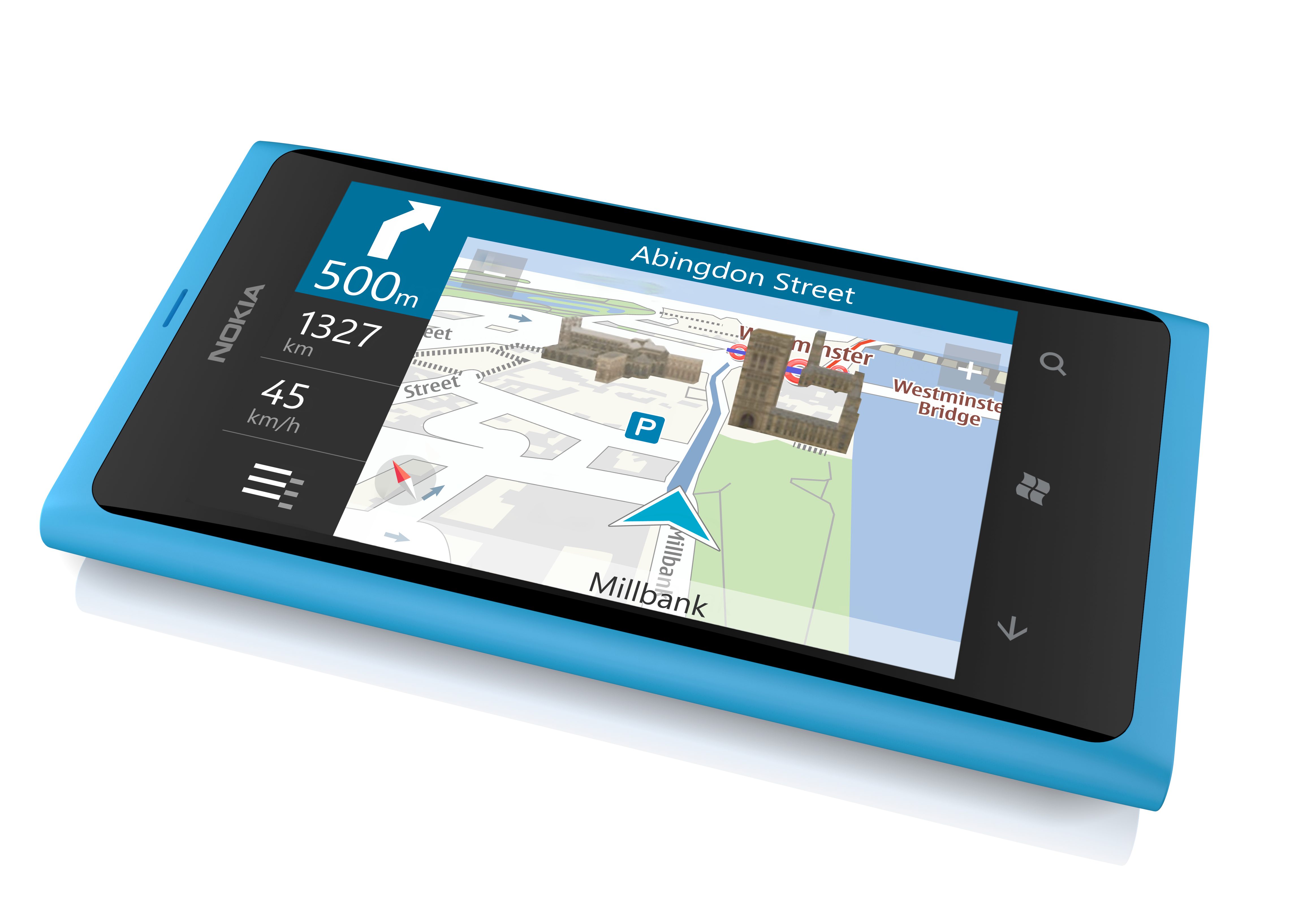 Nokia and Microsoft: not yet doing the business
Nokia and Microsoft: not yet doing the businessIn-depth Inside the enterprise: Nokia has unveiled its much-anticipated Windows phone. But the focus seems to be on consumers.
By Stephen Pritchard
-
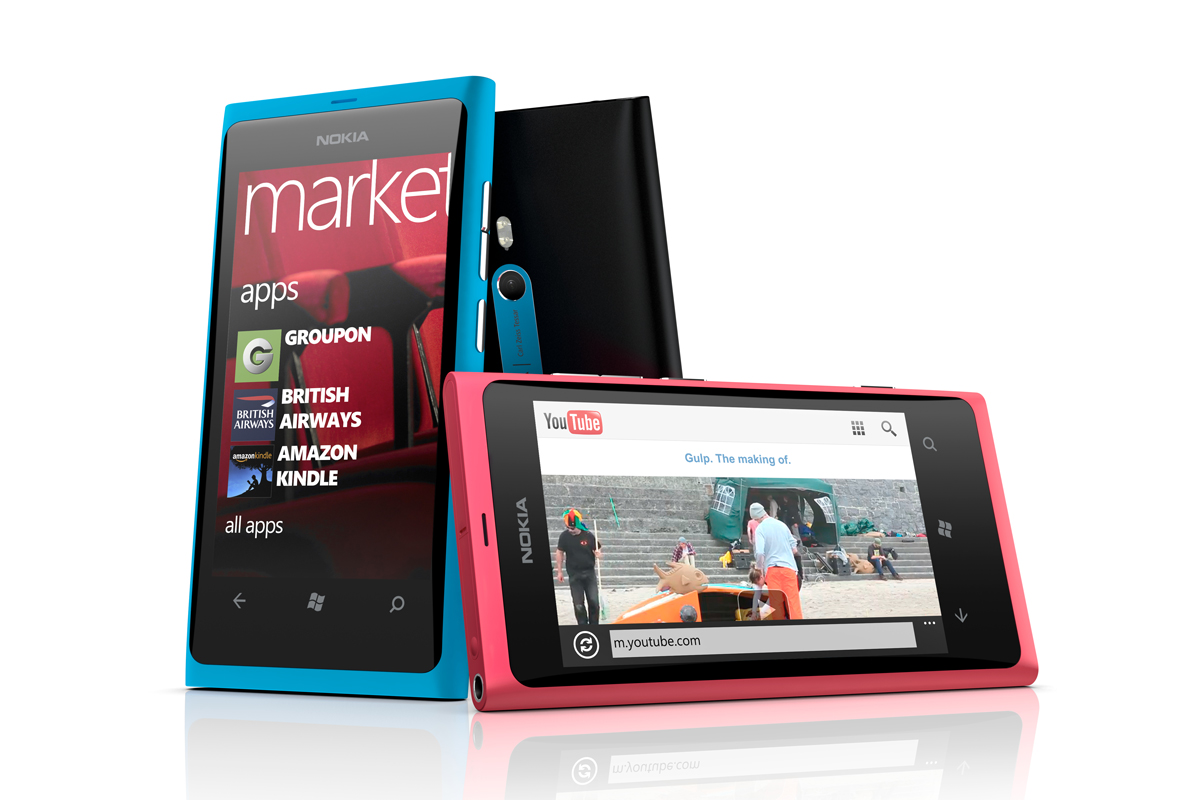 Nokia launches Windows Phone 7 handsets, but US and China miss out
Nokia launches Windows Phone 7 handsets, but US and China miss outNews The long-awaited Nokia Windows Phone 7 handsets are out, but the Finnish giant is sitting out the lucrative American and Chinese markets this Christmas.
By Alan Lu
-
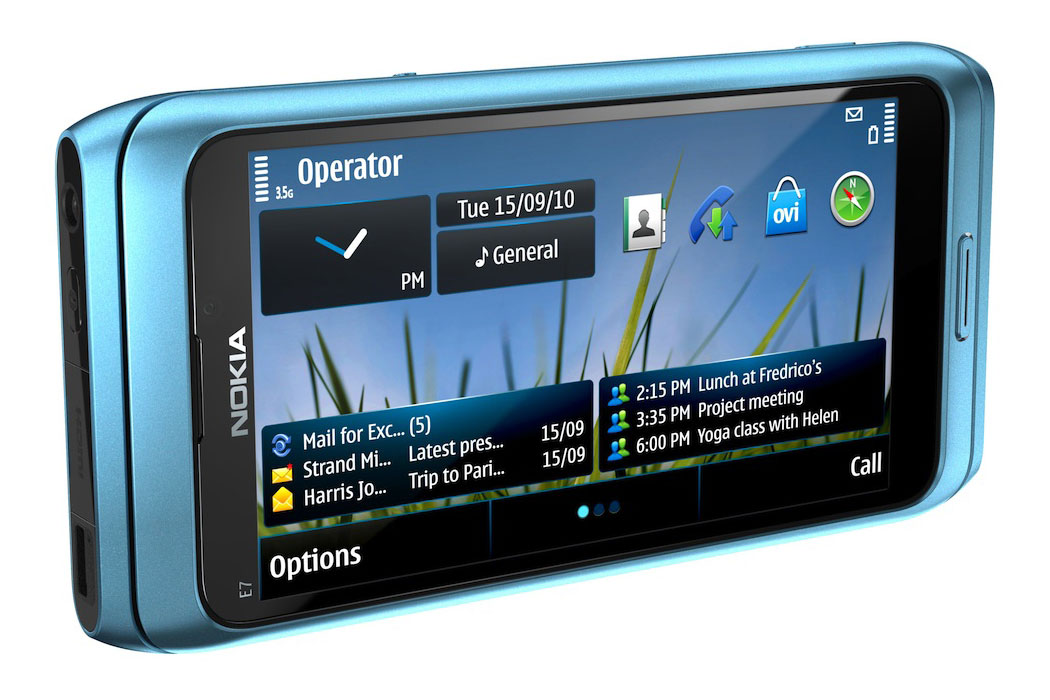 Nokia E7 review
Nokia E7 reviewReviews Nokia's last gasp Symbian smartphone, the E7, is here. Does it go out in a blaze of glory or is it a damp squib? Julian Prokaza finds out in our review.
By Julian Prokaza
-
 Nokia cuts 4,000 jobs
Nokia cuts 4,000 jobsNews The mobile manufacturer admits 4,000 jobs will go, with a further 3,000 shifted over to Accenture as part of a Symbian partnership.
By Tom Brewster

